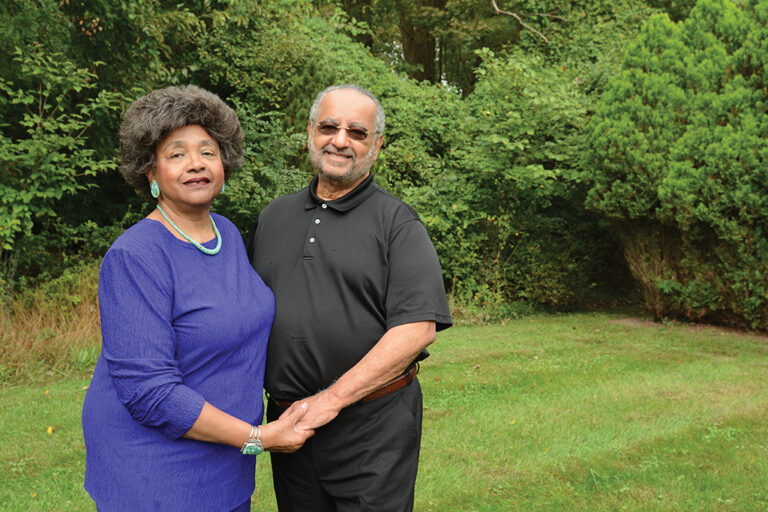After attending a segregated high school, John came to Berea in 1962 intent on reading books he had not read before, being active in student organizations and addressing civil rights issues—some right on College Square.
“The College leased several places of public accommodation, and we felt like we had to pressure them to allow Black students to use those facilities, especially the restaurants,” John recalled. “We felt like we needed to improve the situation for all students.”
John’s freshman class accounted for nearly half of the total enrollment of Black students. “In 1962 when I entered, there were about 19 Black students including a couple African students,” John said. “My class brought in the largest number. I think we had about nine in that class.”
“Later, when the call came for students to support the march from Selma to Montgomery, Ala., I was one of the student leaders who organized the march,” John continued. “It was something we felt we had to do. We had a commitment to promoting civil rights. We were upholding the ideals of Berea College—‘God has made of one blood all peoples of the earth’—so we felt like we were doing something significant.”
Doing something significant has continued to be John’s approach. As a student, he encouraged Berea’s administrators to hire African-American faculty. After graduating and obtaining advanced degrees, John became a noted historian, museum director and consultant for several institutions chronicling the African-American experience, including the National Underground Railroad Freedom Center in Cincinnati, Ohio; International African American Museum in Charleston, S.C.; and Mississippi Civil Rights Museum in Jackson, Miss. He was appointed by President George W. Bush to a Congressional commission to develop the plan for the National Museum of African American History and Culture. He also was named a Distinguished Alumnus by Berea College.
“I became active in the alumni association, was elected to the alumni council, became a representative of the council to the Board of Trustees and then became a trustee,” John said. “As a trustee, I got a very close view of what was happening on campus, and I became more and more excited about the College and what it was doing for all students. That really strengthened my commitment to the College.
As a Berea trustee, John provides insight and professional support as the College continues to affirm its commitment to interracial education.
John, along with his wife, Barbara, also a Berea graduate, a mystery book writer and an accomplished professional in her own right, demonstrate their commitment to Berea in many ways, including financial support to the annual Berea Fund, the Carl and Deborah Thomas African American Opportunity Fund (AAOF) and the Berea Fund.
“As a trustee, it is our responsibility to provide 100 percent giving from all trustees, so that’s a given,” John said. “I also helped establish the Ward and Ivory Black Music Fund to support the Black Music Ensemble, now merged with the AAOF.”
“One of the things I’m most proud of,” John emphasized, “is the fact that Berea College graduates African Americans, especially African-American males, at a higher rate than most historically black colleges. Having been a low-income student from Appalachia, I know students often come from families that have not gone to college. The College’s staff and faculty understand this and provide the support students need.”


